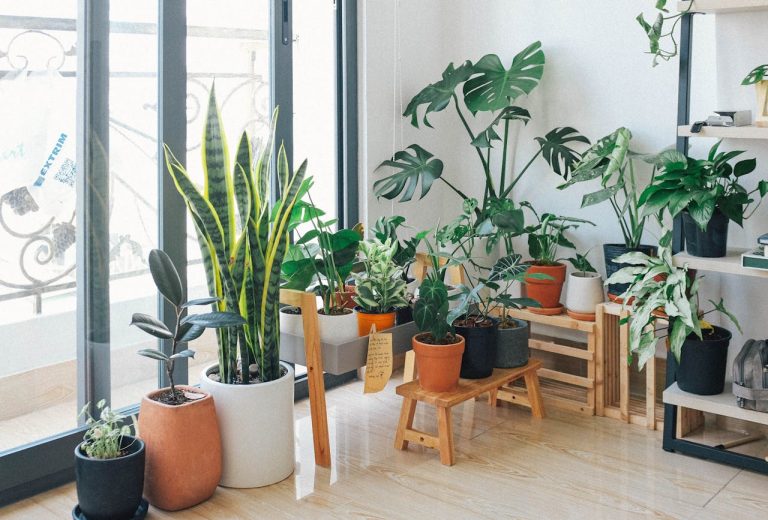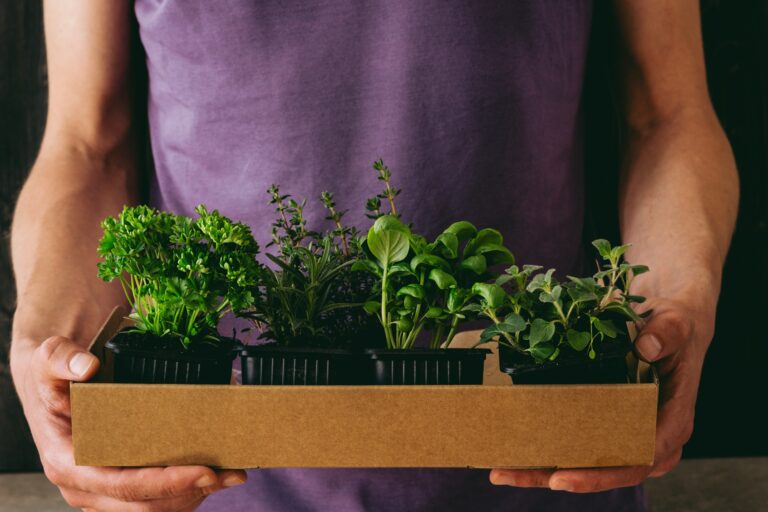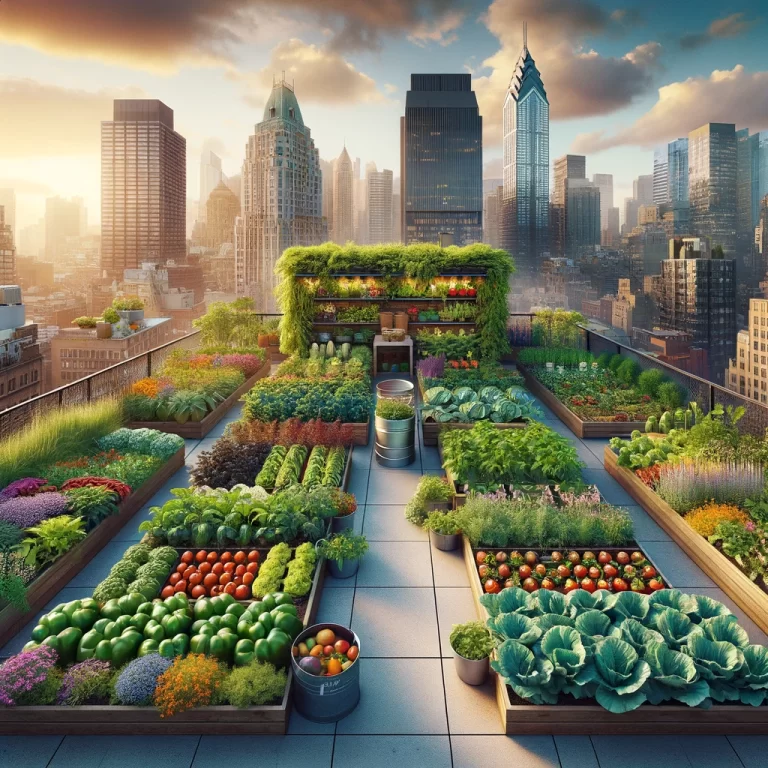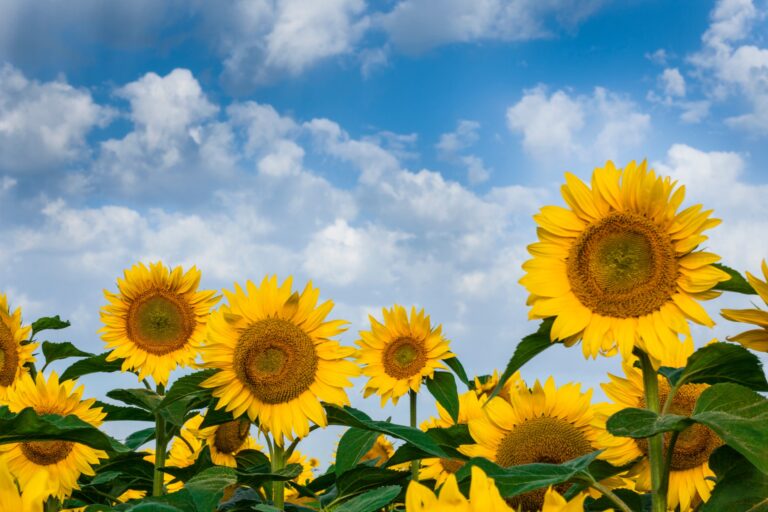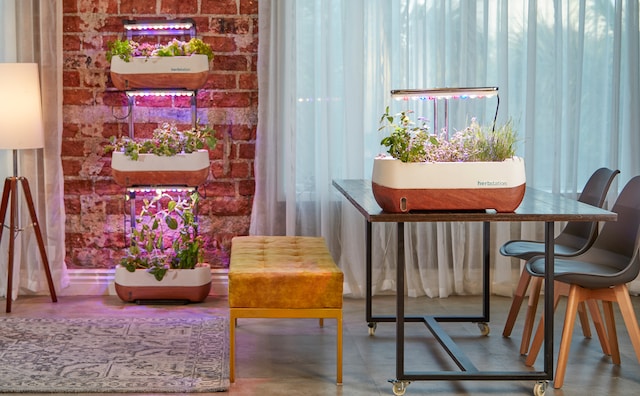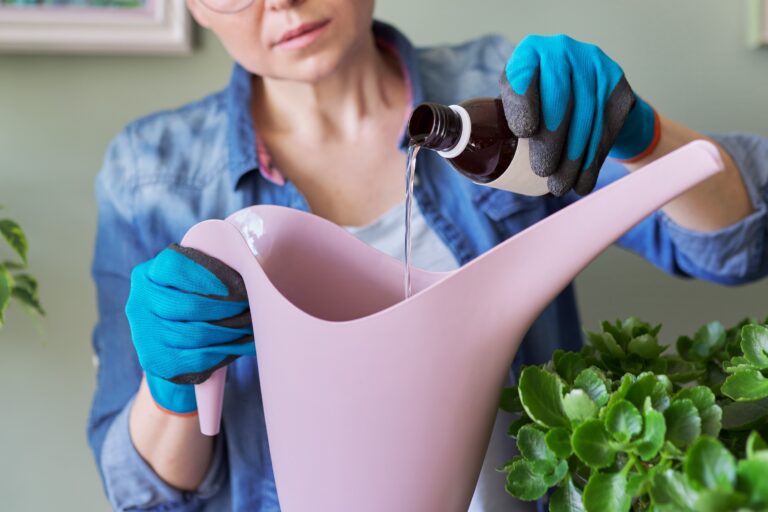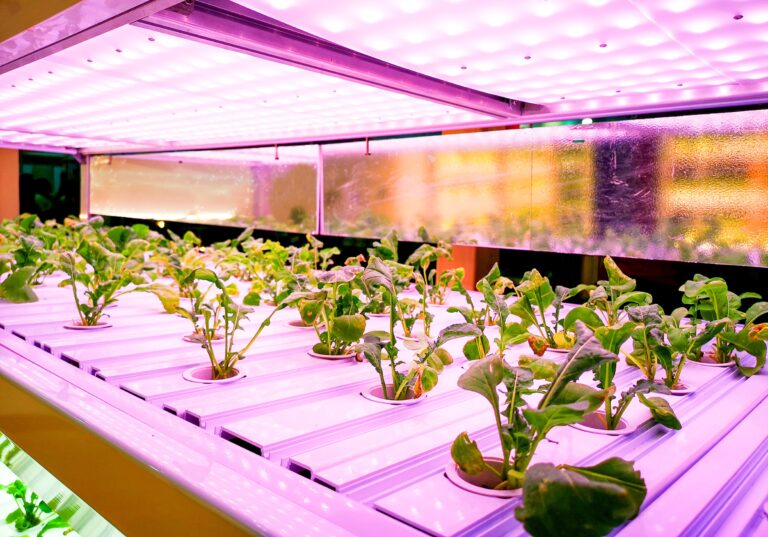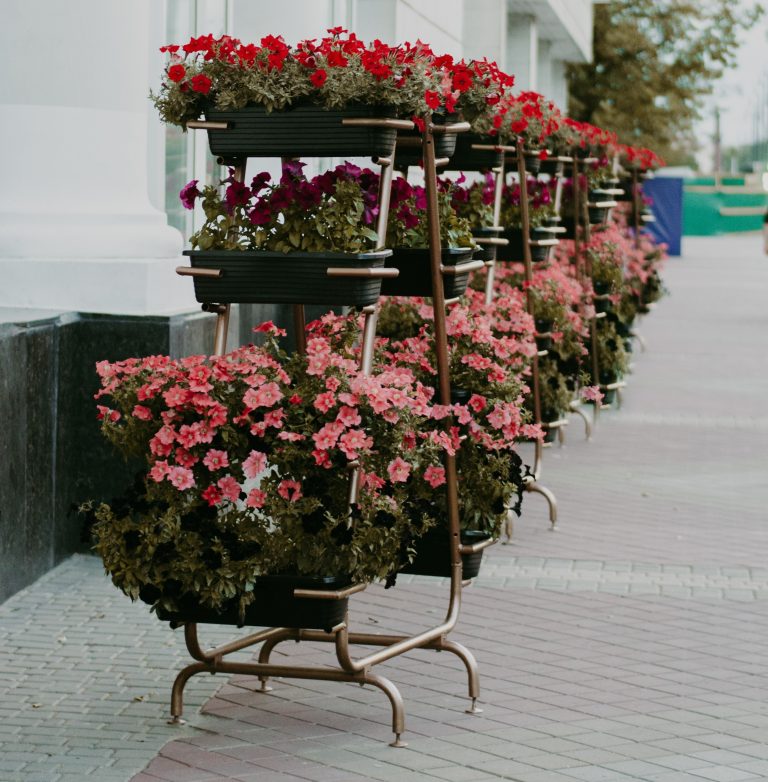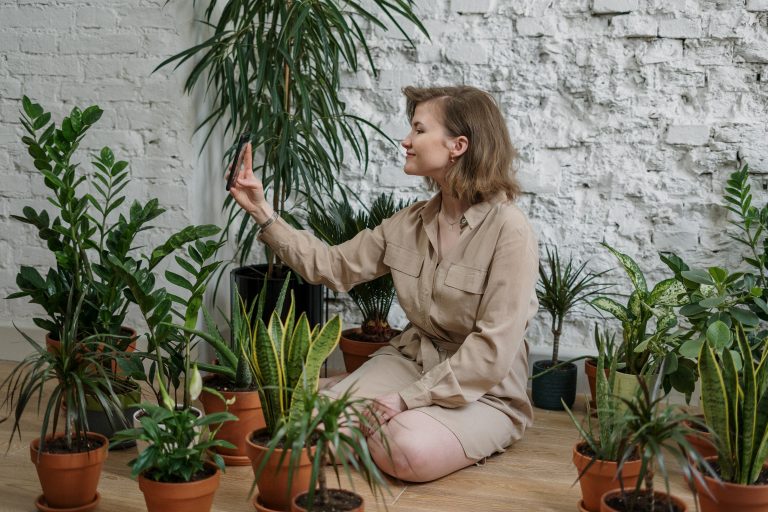Think gardening is only for people with big yards? Not anymore. Urban dwellers, renters, and anyone with limited space can still enjoy the satisfaction of growing plants. From tiny herbs to fresh vegetables, here are 10 creative ways to garden, no backyard needed. Whether you’re in a high-rise apartment or a small studio, there’s a…
indoor gardening
The Dark Side of Gardening: 6 Herbs That Thrive Without Sunlight
Growing herbs indoors without sunlight might sound impossible, but some plants love the shade. Whether you live in an apartment with limited natural light or just want to expand your indoor garden, these herbs will thrive even in the darkest corners. Here are six hardy herbs that flourish without direct sunlight, making them perfect for…
Grow Your Own Herbs: 7 Must-Have Amazon Products for a Budget-Friendly Herb Garden
Growing your own herbs is not only rewarding but also budget-friendly! An herb garden is a perfect way to bring fresh flavors to your kitchen, reduce grocery bills, and add a touch of nature to your home. Whether you’re a beginner or a seasoned gardener, having the right tools can make all the difference. Here…
The Green Gold Rush: Uncovering the Lucrative Secrets of Urban Gardening
In the heart of our concrete jungles, a green revolution is unfolding. Urban gardening, once a mere hobby for city dwellers, has transformed into a burgeoning movement with the potential to reshape our communities and economies. Dubbed the “Green Gold Rush,” this trend is not only beautifying our urban landscapes but also revealing a plethora…
When Should I Transplant Sunflower Seedlings?
In the world of gardening, sunflowers stand tall as symbols of happiness and resilience, drawing both seasoned gardeners and beginners to their sun-seeking blooms. With the growing trend towards sustainable living and the joy of home gardening, understanding the nuances of growing sunflowers, particularly when to transplant sunflower seedlings, has never been more relevant. This…
Shopping for Grow Lights? Learn the Optimal Number of Lumens Required for Your Plants.
If you’re venturing into the realm of indoor gardening, one essential tool you’ll need to master is the grow light. These artificial light sources mimic the sun’s rays, providing the energy necessary for plants to thrive. However, choosing the best grow lights for plants can be a daunting task. After all, there are a large…
Cheap and Effective Liquid Nutrients for Your Indoor Plants
If you’re a plant enthusiast, then you know that your indoor plants require a balance of light, water, and nutrients to thrive. While water and sunlight are easy to provide, it can be challenging to find the right liquid nutrients for indoor plants without breaking the bank. Fortunately, there are plenty of cheap and effective…
Inexpensive Alternatives To Grow Lights
Grow lights can be a really helpful tool for indoor gardening. Many people find that they are worth their cost. However, they aren’t cheap. Therefore, you might want to consider some of these inexpensive alternatives to grow lights. What Are Grow Lights? Grow lights are exactly what their name says: lights designed to help plants…
Indoor Plants That Produce Soothing Aromas
For over a year now, many people have spent more time indoors than usual. The bonus? More time to admire your indoor plants? The downside? Well, truthfully, there are a lot. But plant-wise, it’s probably realizing that most of your pretty plants don’t do much to refresh the stale air in your home. So…
Which Indoor Plants Purify Air?
Let’s get one thing straight. You probably won’t improve your home’s air quality by filling it with indoor plants that can purify the air. According to a National Geographic piece from 2019, houseplants won’t do much to clean your home’s air. Most of the advice about air-purifying houseplants comes from an old NASA study. In a…
